Ultimate Guide to Choosing the Right Pvc Pipe Fittings for Your Home Projects
 When embarking on home improvement projects that involve plumbing or drainage systems, selecting the right PVC pipe fittings is crucial for ensuring a durable and efficient setup. PVC pipe fittings serve as the connective tissue in a plumbing system, enabling homeowners to achieve seamless transitions between different pipes and fixtures.
When embarking on home improvement projects that involve plumbing or drainage systems, selecting the right PVC pipe fittings is crucial for ensuring a durable and efficient setup. PVC pipe fittings serve as the connective tissue in a plumbing system, enabling homeowners to achieve seamless transitions between different pipes and fixtures.
However, with the myriad of options available on the market, choosing the appropriate PVC pipe fittings can be a daunting task for both novice DIYers and seasoned professionals alike.
This guide will walk you through essential factors such as sizing, compatibility, and application types, ensuring that you make informed decisions tailored to your specific home projects. By understanding the key qualities of PVC pipe fittings and how they contribute to the overall functionality of your plumbing system, you will be better equipped to tackle your next project with confidence and precision.
Understanding Different Types of PVC Pipe Fittings and Their Applications
When embarking on home projects involving plumbing or drainage, it's crucial to understand the different types of PVC pipe fittings available and their specific applications. PVC fittings come in various forms, including elbows, tees, couplings, and reducers, each serving a distinct purpose. For instance, elbows are designed to change the direction of piping, allowing seamless transitions around corners. Tees facilitate branch connections, enabling integration into existing pipe systems, while couplings serve to join two pipes of the same diameter.
Moreover, the choice of fittings can significantly impact the system's efficiency and longevity. For drainage applications, using heavy-duty fittings that can withstand harsh environments is essential. In contrast, lighter fittings might suffice for less demanding water supply systems. Understanding the pressure ratings and compatibility with various types of PVC pipes is also vital. Selecting the right PVC pipe fittings not only ensures smooth operation but also contributes to the overall durability and success of your home projects.
Ultimate Guide to Choosing the Right PVC Pipe Fittings for Your Home Projects
| Fitting Type | Description | Common Applications | Pipe Size Compatibility |
|---|---|---|---|
| Elbow | Used to change the direction of the pipe by 90 or 45 degrees. | Water drainage systems, irrigation systems. | Schedule 40 PVC, 1 inch - 4 inch. |
| Tee | Used to connect three sections of pipe, creating a T-shape. | Water supply lines, drainage systems. | Schedule 40 PVC, 1 inch - 4 inch. |
| Coupling | Used to connect two pieces of pipe together. | Repair existing pipes, extend pipe length. | Schedule 40 PVC, 1 inch - 6 inch. |
| Cap | Used to close off the end of a pipe. | Seal unused pipe endpoints. | Schedule 40 PVC, 1 inch - 6 inch. |
| Plug | Used to plug a fitting or pipe. | Temporarily seal off a line. | Schedule 40 PVC, 1 inch - 6 inch. |
Key Factors to Consider When Selecting PVC Pipe Fittings for Home Use
When selecting PVC pipe fittings for your home projects, several key factors should guide your decision. First and foremost, consider the application of the fittings. Whether it's for plumbing, drainage, or irrigation, understanding the specific requirements of your project will help you choose the right type of fittings. Additionally, the schedule of the PVC pipe is crucial; make sure to match the fitting's schedule (usually Schedule 40 or Schedule 80) with that of the pipe to ensure proper compatibility and performance.
**Tips:** Pay attention to the fitting's pressure rating if your project involves pressurized systems. It’s also wise to check the fitting's temperature resistance, especially for hot water applications.
Another important factor is the fitting's size. Accurate measurement is essential to avoid leaks and ensure a snug fit. Use a measuring tape to determine the diameter of the pipe and always double-check your measurements before making a purchase. Additionally, consider the type of connections you'll need—be it slip, threaded, or solvent weld—depending on the installation method and reliability required for your project.
**Tips:** Stock up on different adapters and connectors to accommodate any unexpected changes during your project, helping to minimize downtime and frustration.
Material Comparison of PVC Pipe Fittings
This bar chart illustrates the impact resistance of different types of PVC pipe fittings measured in Joules. Understanding these characteristics is essential when choosing the right fitting for your home projects.
Comparative Analysis of PVC Pipe Fittings: Schedule 40 vs. Schedule 80
When it comes to selecting PVC pipe fittings for home projects, understanding the differences between Schedule 40 and Schedule 80 is crucial. Schedule 40 PVC is commonly used for residential applications due to its adequate strength and lower cost. However, recent safety codes highlight a specific concern regarding its use underground for sump pit discharge. The bulletin recommends assessing the fluid dynamics, since using Schedule 40 may not provide the durability required for sub-surface applications, especially under varying fluid velocities.
In contrast, Schedule 80 PVC fittings offer a thicker wall and greater sturdiness, making them suitable for more demanding environments. Industries often reference the recommended fluid velocities for maintaining optimal performance; for instance, the average velocity should ideally range between 3 to 5 feet per second to avoid issues like sedimentation or pressure loss in systems. The increased wall thickness of Schedule 80 can effectively handle these velocities, ensuring longevity and efficiency in plumbing systems, especially for discharge lines and areas where higher pressure is anticipated. This comparative analysis makes it clear that the right choice of PVC fittings significantly impacts the reliability and safety of your plumbing projects.
Industry Standards and Certifications for PVC Pipe Fittings: What Homeowners Should Know
When selecting PVC pipe fittings for home projects, understanding industry standards and certifications is crucial for ensuring safety and reliability. The evolution of plumbing practices has shifted focus towards quality materials that meet stringent regulatory requirements. Homeowners should look for fittings that comply with standards set by recognized organizations, which may include certifications for pressure ratings, chemical resistance, and temperature tolerance. These certifications help guarantee that the products can withstand various environmental conditions and stresses, thereby minimizing the risk of leaks or failures over time.
Additionally, familiarity with the different types of PVC fittings and their applications is essential. Various fittings are designed to accommodate specific needs, such as transitions between pipe sizes, angles for directional changes, or connections for drainage systems. Ensuring that the chosen fittings align with these standards not only enhances the performance of plumbing installations but also extends their lifespan. Homeowners must be proactive in selecting fittings that are clearly labeled with their certification marks to guarantee compliance with industry standards.
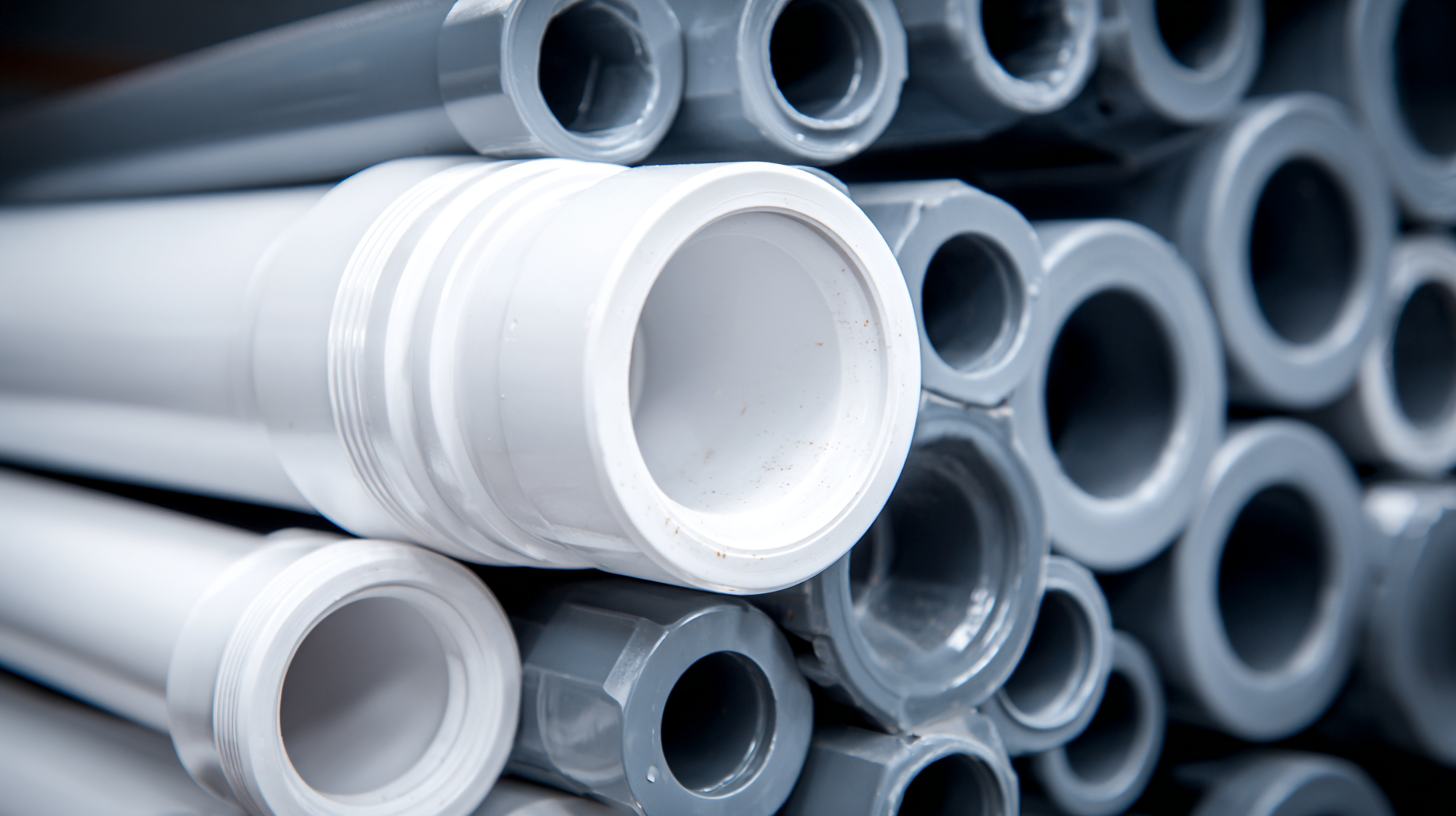
Common Mistakes to Avoid When Choosing PVC Pipe Fittings for DIY Projects
When embarking on DIY projects involving PVC pipe fittings, it's essential to avoid common pitfalls that can lead to costly mistakes. One significant error is failing to consider the specific requirements of your project, such as the pressure ratings and intended applications. According to recent industry reports, improper selection can result in 25% of plumbing failures, which further emphasizes the need to choose fittings that can withstand the necessary pressure and corrosion resistance for your environment.

Another frequent mistake is overlooking the compatibility of different PVC materials. Not all PVC fittings are created equal; using mismatched types—such as Schedule 40 and Schedule 80—can compromise system integrity. A study from the American Society of Plumbing Engineers indicates that over 30% of DIYers encounter leaks due to incompatibility in fittings. To enhance success in your projects, it’s crucial to ensure that all components adhere to the same specifications and standards, as this will significantly reduce the risk of failure and extend the lifespan of your plumbing installations.
Related Posts
-
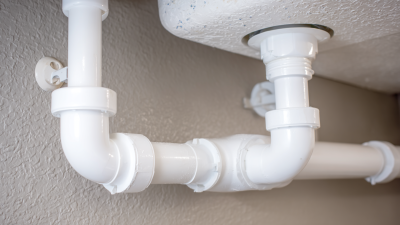
What are the Benefits of Using PVC Pipe Fittings in Modern Plumbing Solutions
-

Ultimate Guide to PVC Pipe Fittings: Understanding Specifications and Industry Trends for Optimal Selection
-

How to Choose the Best Brass Elbow for Your Plumbing Needs
-
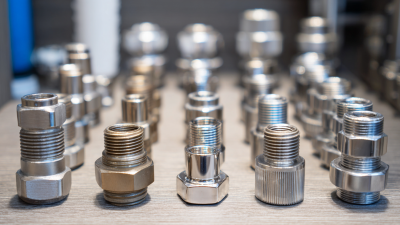
How to Select Quick and Easy Fittings for Your Plumbing Projects
-
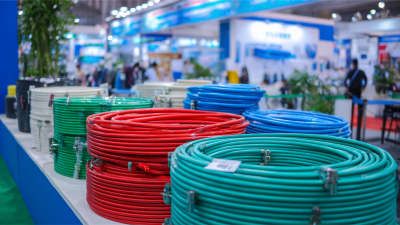
Exploring the Growth of PPSU PEX Fittings Industry Trends at the 138th China Import and Export Fair 2025
-
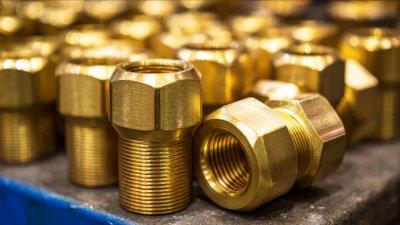
7 Essential Tips for Sourcing High-Quality Brass Elbows in Today's Global Market
